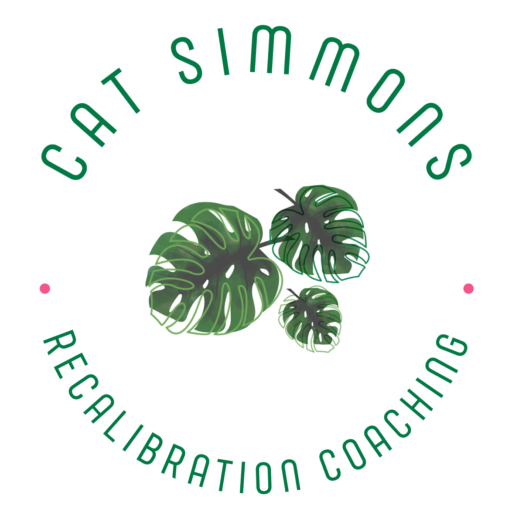Are you feeling SAD? As I write this at 3.10pm on the 16th November, I see that the sun is already slinking down towards the horizon, and the light has changed to a strange grey green in a cloudy sky. The room is dark enough to need a light on to see, and I feel a great desire to light all the candles, light the fire and sit in near, warm darkness until May. In the UK it is the time that the clocks have gone back, and although I am sure the morning light is appreciated, there is something quite depressing about leaving work to a pitch black and cold sky. I don’t really know anyone who doesn’t feel the jarring impact of the shift in daylight this time of year, and whilst we may relish the permission to follow our inner hygge and wallow in blankets and endless hot drinks, it can be very oppressive. For some who are particularly sensitive, the symptoms of Seasonal Affective Disorder can range from feelings of tiredness, low mood, changes in appetite to very severe feelings of depression, hopelessness and food cravings. Some may go most of their life before noticing a link between the seasons and their mood. There is a theory that the lack of sunlight has a profound affect on key hormones, resulting in a disturbed body rhythm and low mood. For the most severe cases, a GP might be needed to support and to provide anti-depressant therapy, although for most, there is evidence to show that vitamin D supplementation, light therapy and good self care can have a profound positive affect.
I suffer really badly with SAD – I feel like my body is punishing me after all those years of glorious African sunshine and regular sunrise and sunsets. It’s worst in the morning, when I struggle to get up and tasks take far longer than they need to. It’s like wading through treacle. Combined with chronic sleep deprivation for a number of years, it’s no wonder my body would rather go slow in the cold and dark, thank you very much. I try to use good sleep hygiene and light therapy – my sunrise clock brightens slowly and wakes me naturally, which is an amazingly effective alarm clock and far more palatable than a loud ringing in the dark. I also use a SAD tablet light to boost in the morning – it mimics the same intensity as sunlight, and using it in the morning helps the body clock realise it is indeed morning. Conversely, in the afternoons, my computer screen at work switches to low blue light from 3pm to reduce the stimulating effects (blue light being like the bright day sun) and the same on my phone, when it switches to a warm setting all evening. Reducing screen time in the evenings in general is well advised. I also have a sunset setting on my clock which slowly dims the light over a period of 30 minutes to simulate sunset – it really is incredible how the body responds! I was so shocked to find out I was vitamin D deficient, so take a daily supplement. UK guidelines confirm that it is impossible to get enough vit d from sunlight in the UK from October to April. That in itself is rather depressing. Keeping active is supposed to help but so does giving into the darkness and accepting it. This can be a great time for reflection and inner work as we slide slowly to the darkest days. A time for old way winter magic perhaps, a chance to tap into old cultural practices, a time to rest before the budding Spring demands our attention. Can we learn to sit with the darkness? Many many cultures have historically celebrated the shortest day of the year, a day for wlecoming in the lighter days to come.
And anyway, once the winter solstice passes, the days slowly start to rebalance and grow…spring isn’t that far away.
